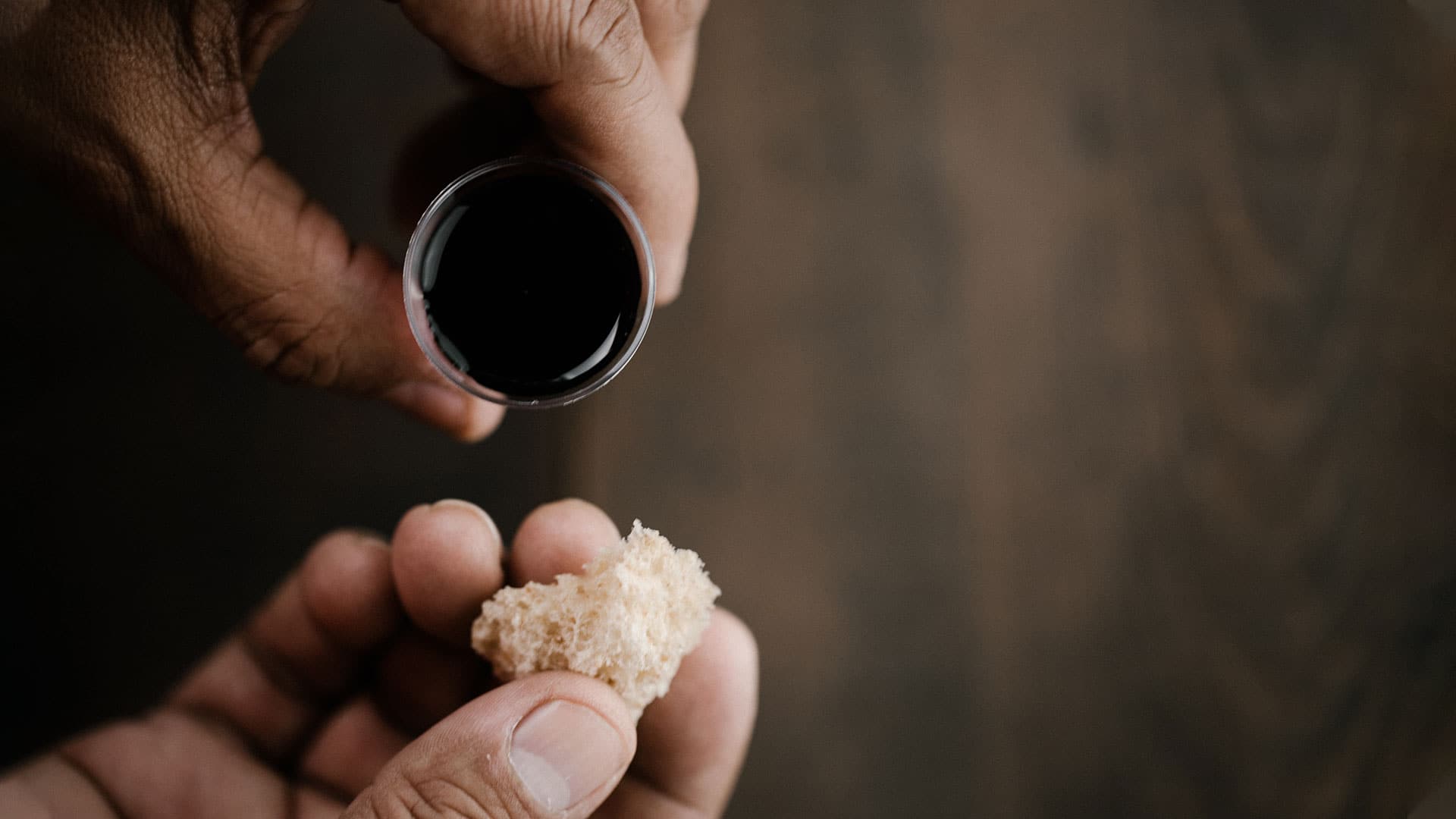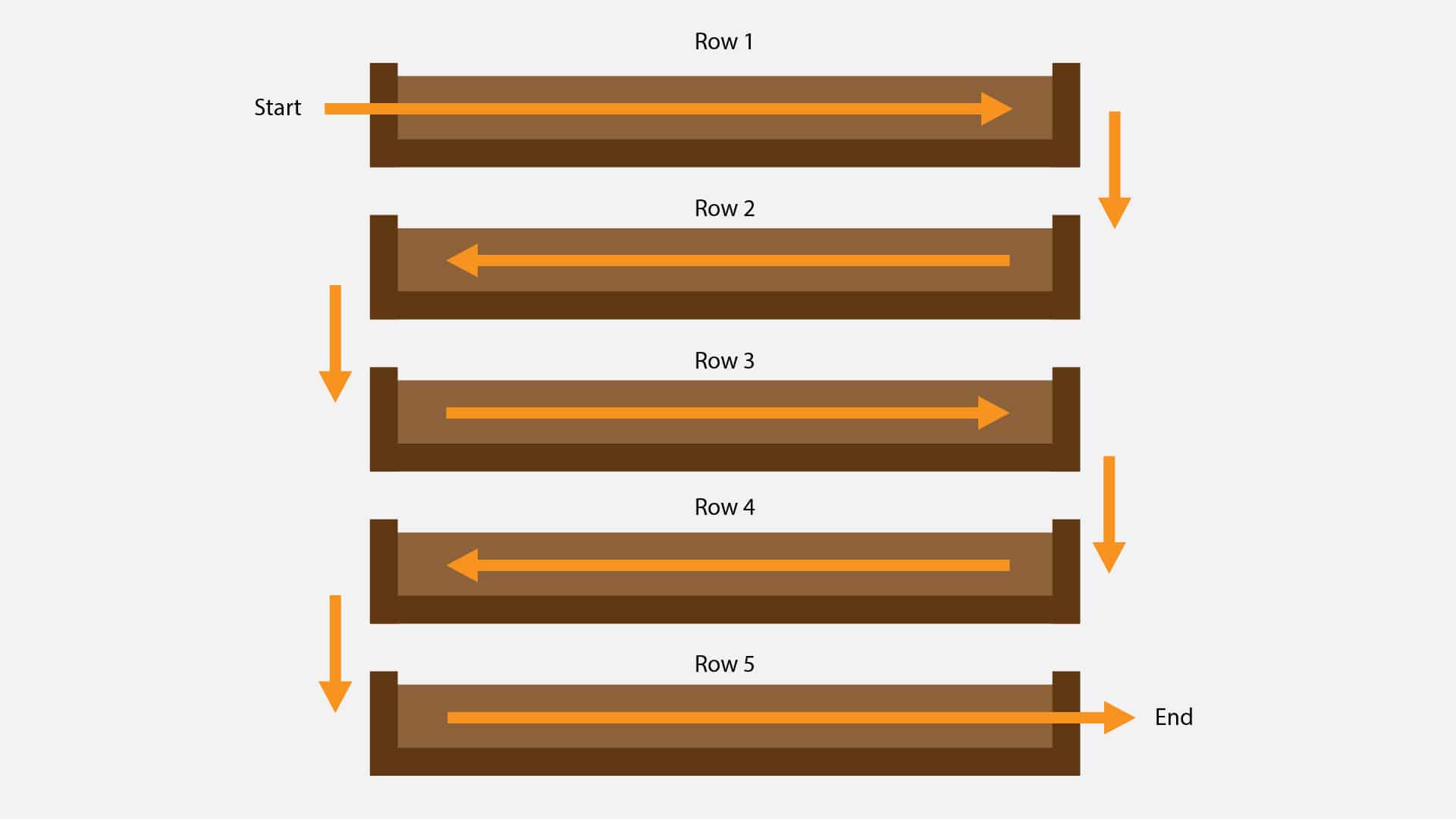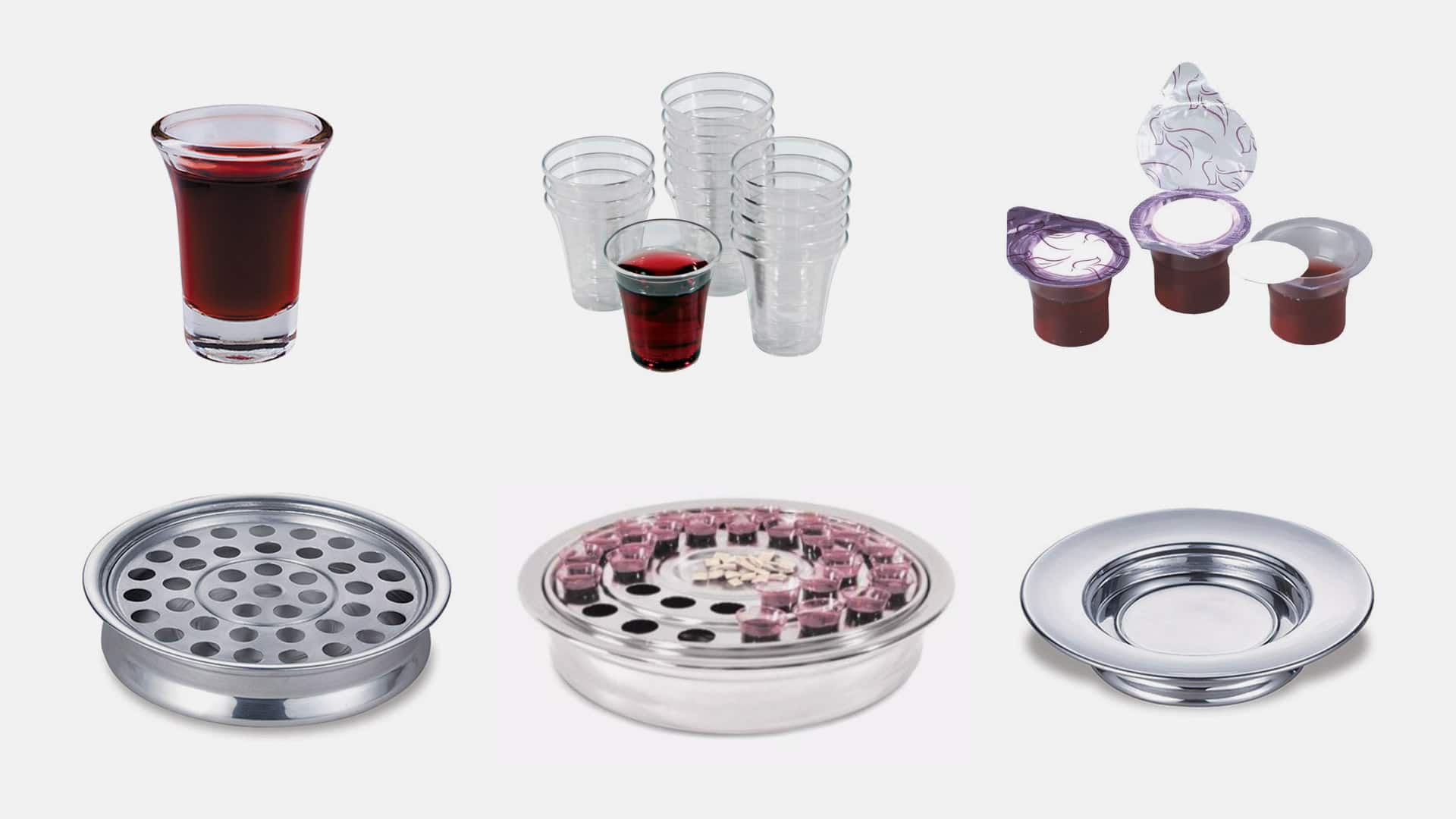
For thousands of years, the Church has continued a practice called communion, or depending on different church traditions, the Lord’s Supper or the Eucharist. Communion uses bread as a symbol for Jesus’ body and wine as a symbol for His blood. Jesus himself started the tradition of communion. He instructed His followers to use bread and wine to remember the sacrifice He was going to make when He died for our sins on the cross (1 Corinthians 11:23-26).
Facilitating communion at your church seems simple enough, but becomes increasingly difficult as the size of your congregation grows. It’s important to have a solid plan for distributing the communion elements and for conducting this portion of the worship service. In doing so, we honor the sacrifice of Christ and create a sacred moment to be enjoyed by all who participate. Here are a few guidelines and tips for facilitating communion in a church service:
Download new communion slides for your screens
Options For Bread & Drink
There are several options available for the bread used for communion. Many ministers choose to use manufactured wafers specifically designed for use in the Lord’s Supper. Other churches choose to use fresh unleavened bread or leavened bread that is cut into small pieces before service begins. Some ministries even provide a gluten-free bread or wafer in an effort to make communion available for those with food allergies.
Most often, red wine or grape juice is used in remembrance of Jesus’ blood during communion. The choice between the two largely depends on the tradition of the church and its denomination.
Quick Tip: Regardless of the elements you choose for bread or wine, it’s important that they are fresh and in-date to provide the best experience. It also goes a long way to ensure that the congregation doesn’t see a brand affiliated with the materials (such as Welches juice or Panera Bread).
Distributing The Elements
Because communion has been practiced in the church for so long, there are countless methods for how to partake. In the modern, Western church where the elements must be distributed to a large number of participants, there are three popular methods. Some churches choose to serve bread and wine from the front of the auditorium where church members approach the front at a designated time to consume the bread and drink. In contrast, many other ministries have participants remain in their seats and use small cups and plates to distribute the materials. Lastly, some churches choose to give their participants their bread and drink to hold as they enter the auditorium or have it waiting for them at their seats. No matter how the elements are distributed, it’s important that it is done with care and reverence.
 Quick Tip: When passing out communion elements to seated participants, it works best to have two ushers for each cluster of rows—one for each end of the row. The plate should begin by being passed by Usher 1 on one end of the row, then be received by Usher 2 at the opposite end of the row. Usher 2 then moves onto the next row in that cluster by passing the plate in the opposite direction to be received by Usher 1. If passing bread and juice on separate plates, completely pass the first element to a cluster of rows before beginning to pass the second.
Quick Tip: When passing out communion elements to seated participants, it works best to have two ushers for each cluster of rows—one for each end of the row. The plate should begin by being passed by Usher 1 on one end of the row, then be received by Usher 2 at the opposite end of the row. Usher 2 then moves onto the next row in that cluster by passing the plate in the opposite direction to be received by Usher 1. If passing bread and juice on separate plates, completely pass the first element to a cluster of rows before beginning to pass the second.
Options For Cups, Trays & Plates
Small cups are the easiest way to quickly distribute communion wine or juice to a large auditorium of seated people. Some traditional ministries choose to use clear, glass cups for this. These create a more meaningful experience, but are pricey and require washing, drying, and careful storage after each use. It’s more common to use clear plastic cups that are specifically designed for one-time communion use. Most recently introduced are pre-filled plastic cups of juice that also include a small wafer in the lid. These have a more manufactured vibe, but are without a doubt the easiest method for taking communion with a large group of people.
 No matter which cup you decide to use, you’ll need a tray to be able to easily pass it to crowds of people. Additionally, you’ll need a plate to pass the bread to each row. To make this process easier, there are even trays available that can hold both cups and bread. These combined trays are great for enabling you to only have to pass down a row once.
No matter which cup you decide to use, you’ll need a tray to be able to easily pass it to crowds of people. Additionally, you’ll need a plate to pass the bread to each row. To make this process easier, there are even trays available that can hold both cups and bread. These combined trays are great for enabling you to only have to pass down a row once.
Quick Tip: If you’re filling cups yourself, it’s much easier and faster when you use a cup filler designed for this purpose. Once you use have used this once, you’ll never want to go back to pouring any other way.
Download new communion slides for your screens
Leading A Congregation
Just as there are many options to serve communion, there are many ways to lead a congregation in the taking of communion. The important thing to remember is that this is a time of worship. It’s a time of remembrance, celebration, and reflection.
One of the most popular methods for leading a church in communion is done as follows:
- Begin with the reading of Scripture that will remind of the Lord’s death, burial, and resurrection. Examples of this are Psalm 22, Isaiah 53, Mark 15:21-29, John 19, 1 Corinthians 15:1-8, and Galatians 2:16-21.
- State that communion is for any person who has believed in or trusted the Lord Jesus Christ alone for his or her salvation. Remind that is it also good for a person to examine themselves before the Lord in this moment. (Because of this, some people in the audience may choose not to partake.)
- At this time, have your ushers or deacons come forward to pass the bread and juice to everyone in the congregation, asking everyone to wait before consuming either.
- At this time, read 1 Corinthians 11:23-26 from scripture telling of how Jesus led his disciples in the first communion.
- Then, lead the congregation in prayer thanking God for the bread, which represents His body broken for us. (Many ministers choose to have the audience collectively break the bread or wafer together in this moment.) State how Jesus said, “Do this in remembrance of me,” and proclaim, “let us eat together.” Then eat the bread as a group.
- Ask everyone to prepare their cup of juice. Then, lead the congregation in prayer thanking God for the cup, which represents His blood shed for us. State how Jesus said, “Do this in remembrance of me,” and proclaim, “let us drink together.” Then drink the juice or wine as a group.
Music & Screen Imagery
Some churches choose to create a somber, reverent moment for communion by having a silent environment. Other ministries use this as an opportunity to have their band play and sing softly to create a more worshipful atmosphere. Another option for music is to use a CD or other prerecorded track so that everyone in the room has their hands free to participate in the Lord’s Supper. No matter the background noise that you prefer, it’s important that it not take away from this holy moment.
Since most churches now have screens available in their sanctuaries and auditoriums, whether projection, LCD television, or LED panels, it makes sense to include them in these moments. By displaying imagery such as crosses, communion elements, depictions of Jesus, or simply meaningful words, you can set apart this special moment in the service. Want something more simple? Try using a subtle motion background that provides a pop of color and texture on your screens without taking away from what’s happening in the room.



 Church Motion Graphics has you covered for everything you need to make your screens look great during communion. Our growing library of motion and still backgrounds, as well as sermon and announcement templates make it easy to fill your screens with meaningful content in the times it means the most. Many are even available to download for free!
Church Motion Graphics has you covered for everything you need to make your screens look great during communion. Our growing library of motion and still backgrounds, as well as sermon and announcement templates make it easy to fill your screens with meaningful content in the times it means the most. Many are even available to download for free!





